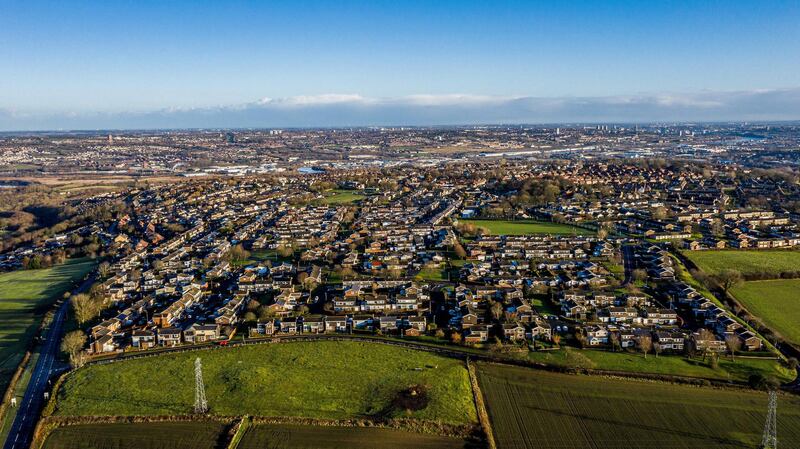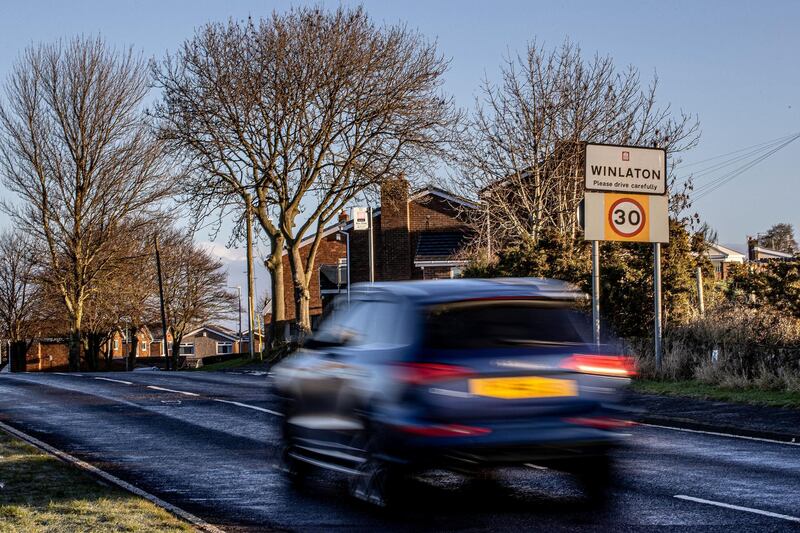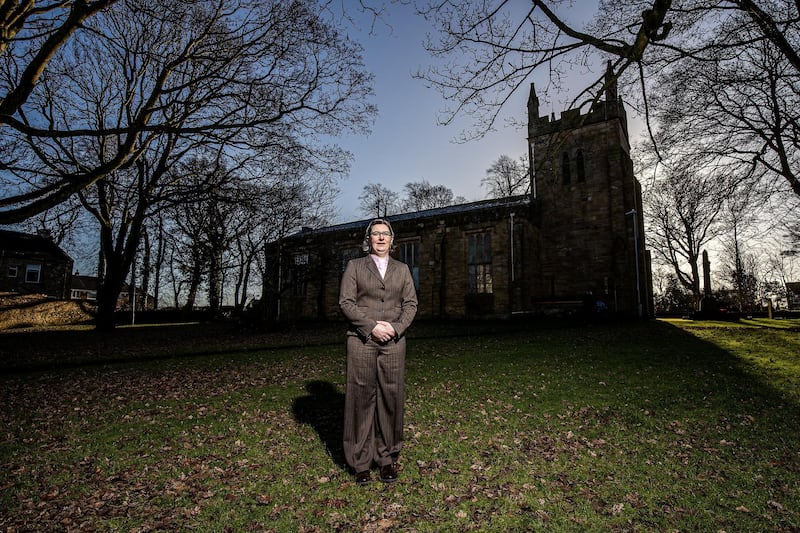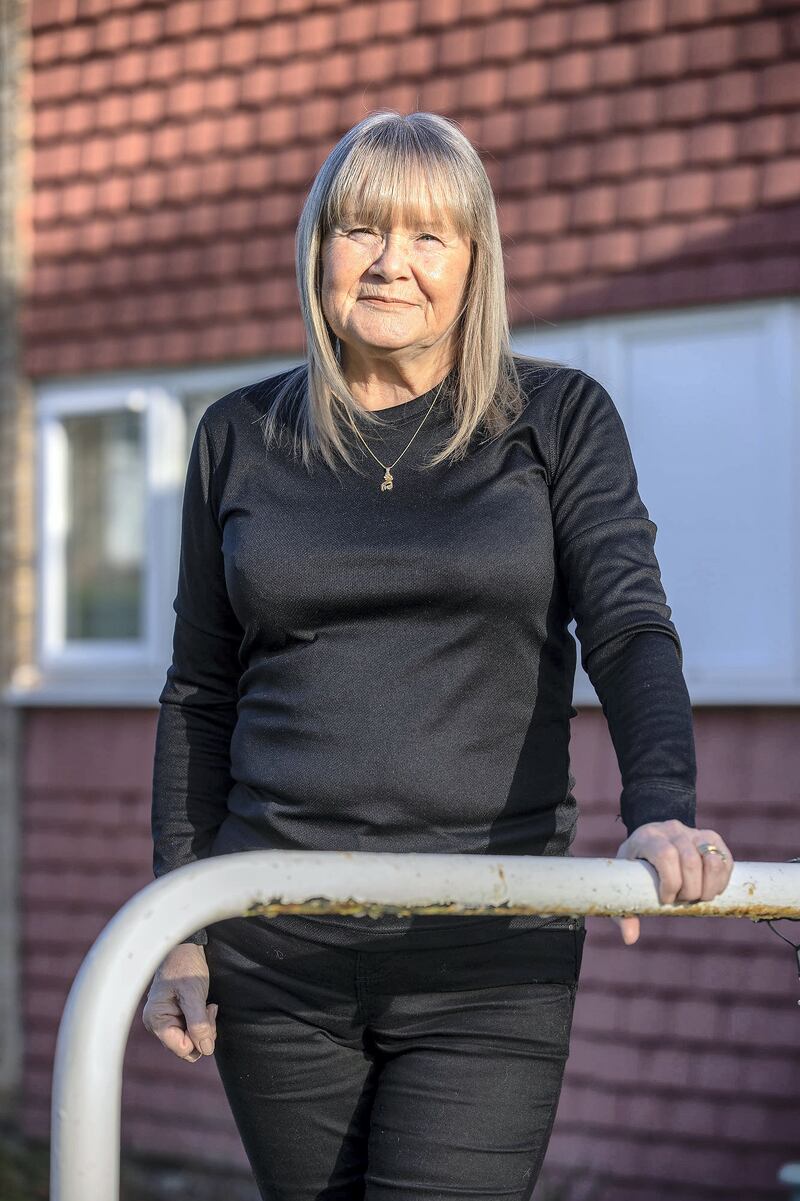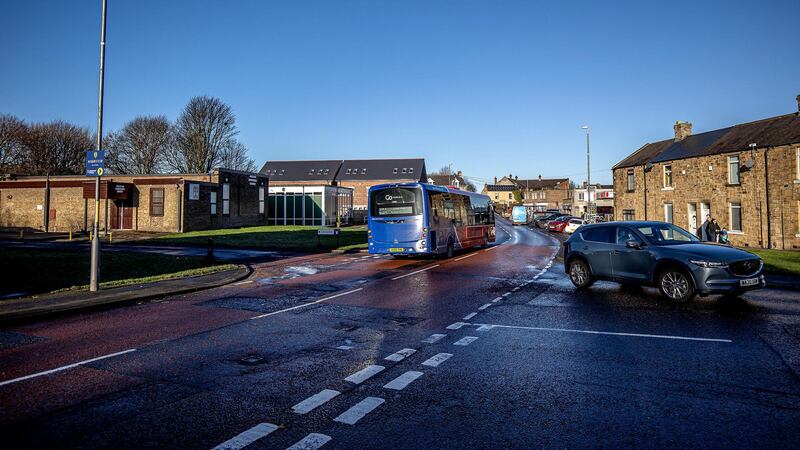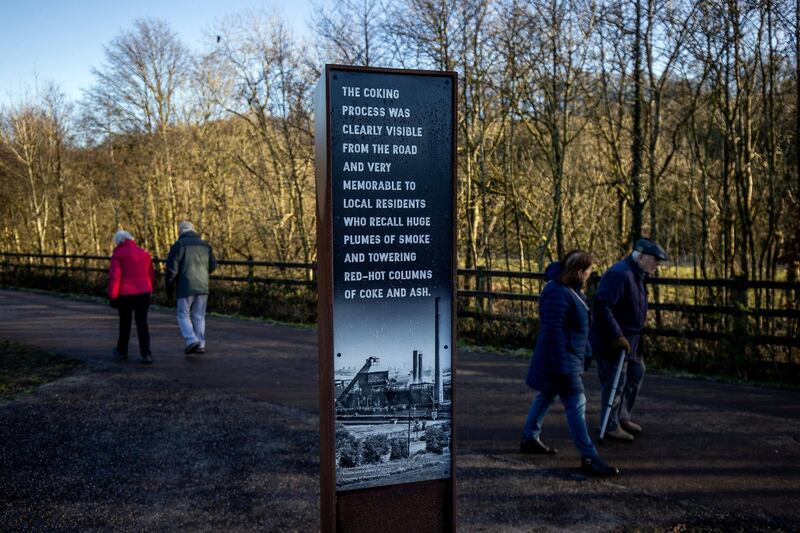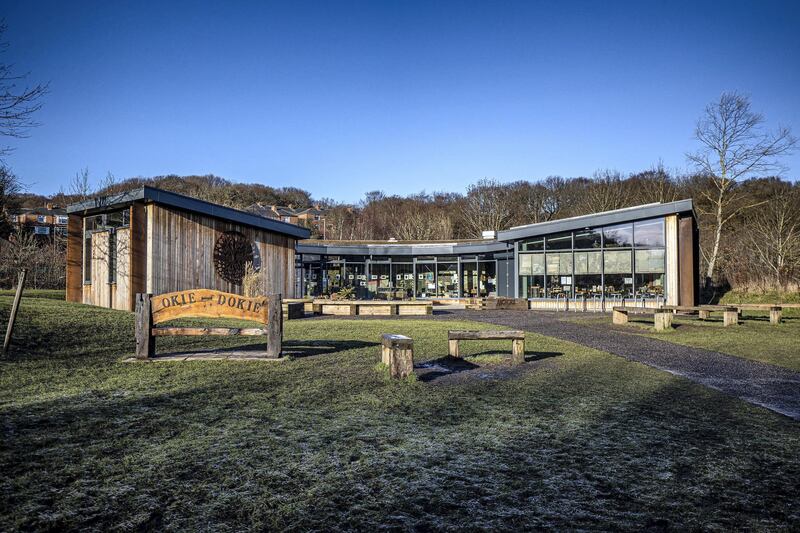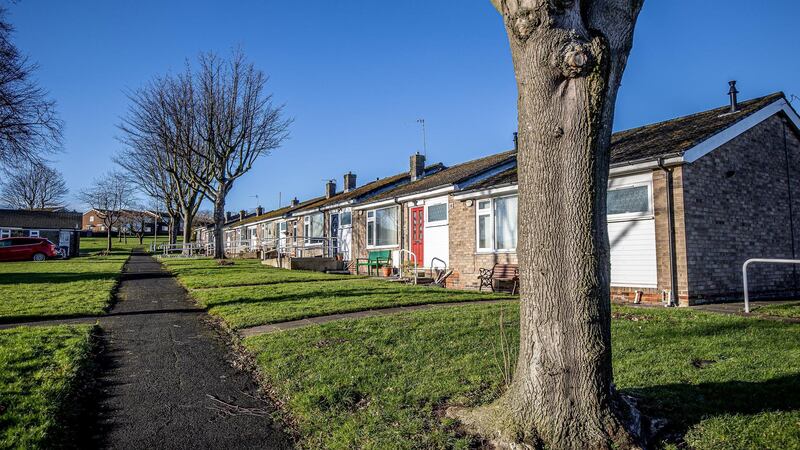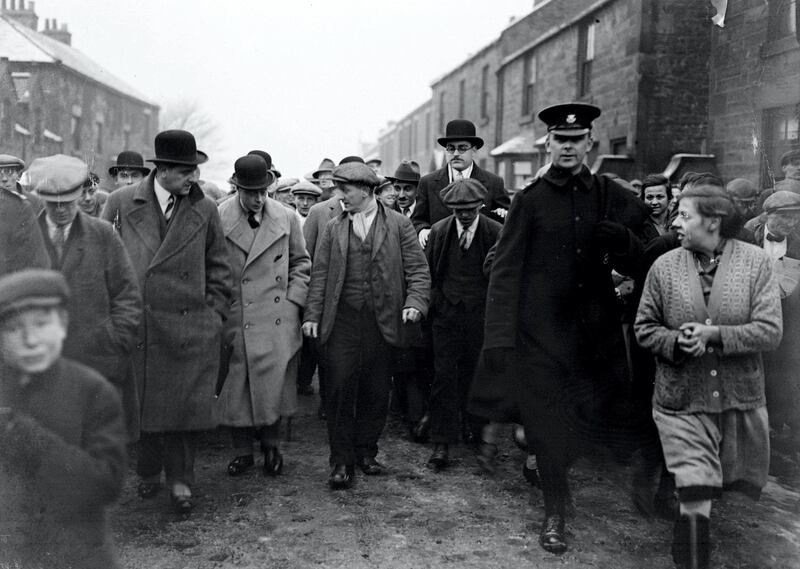It was once the steel hub of Europe and produced the gates of Buckingham Palace but now a northern English town set in rolling countryside is on the frontier of a new revolution in low carbon energy.
Winlaton, near Newcastle, once boasted coal mines that fuelled the industrial revolution and now, as the UK pledges to have net zero carbon emissions by 2050, it is once again leading the way.
Its public gas network is to be fuelled using a hydrogen mix from this spring.
Power for the town's 670 homes, including a school and a church, is to come from a blend of hydrogen piped around the local network by the HyDeploy project.
"We were worried our boilers would explode. When you think of hydrogen you think of bombs and explosions," 58-year-old resident Elizabeth Thompson told The National.
“We were a bit shocked at first but the gas engineers have come into our homes and checked our boilers and reassured us it will all be okay.
"Now we're all quite excited we are going to be the first ones."
Ms Thompson's father worked in the nearby pit and she, like many others in the village, has grown up in a community reliant on the coal industry.
“The village has a lot of elderly residents, many worked in the pits, and to change to hydrogen is a new concept for us,” she said.
“But they said we are not going to blow up, there won’t be any smell and we won’t see any change. We are a close knit community and everyone is embracing it now.”
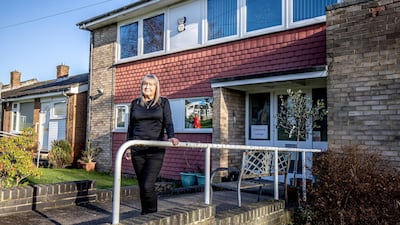
The pilot in the village will last 10 months, during which time, the residents will not be charged for the hydrogen element of their gas.
The initiative will see 20 per cent hydrogen added to their existing gas supply and will not require any change to appliances.
When burnt, hydrogen only produces heat and water, making it a realistic solution for tackling decarbonisation.
Councillor Julie Simpson said the community was first contacted about the project 18 months ago.
“Residents were sent letters and at first people were concerned their boilers might blow up and they might end up without any heating and it could be dangerous,” she said.
“But Northern Gas Networks eased their fears. For me it is great that we are the first to be moving towards this greener technology.
“We were a hub for steel, coal and ship building and now to be leading the way on this is fantastic. Where once we had an ugly industrial landscape with factories spewing smoke, it’s great to see us now leading the way on green initiatives.”
Vicar Alison Stewart Smith’s church St Paul’s in Winlaton will make history when it becomes the first religious institution to benefit.
“Anything to get us away from fossil fuels has to be welcomed,” she said. “We’re really excited to be chosen. It will save so much money on the heating of the church. It feels like the area has come full circle from supplying the country’s coal to now leading the way on net zero energy.”
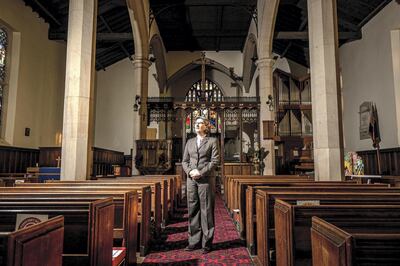
The blended gas has already been successfully supplied to Keele University campus, in Staffordshire, on its private network.
The results from the Winlaton project will be submitted to the government and will be a vital step towards using hydrogen in the public gas network.
Currently 30 per cent of carbon dioxide emissions in the UK are generated from the gas used to heat the 85 per cent of homes which are connected to the gas network.
If blended gas was distributed to homes and businesses across the country, it could prevent six million tonnes of carbon dioxide being released to the atmosphere every year – the equivalent of taking 2.5 million cars off the road.
“We need to address the problem of climate change, people care hugely about it,” said Winlaton MP, Liz Twist said.
“I think it is great our community has been chosen. We have great industrial heritage and innovation and we are proud to be the first ones to try this out.”
Backed by £22.5 million of energy watchdog OFGEM’s funding, HyDeploy is a collaborative gas industry project led by gas distributors Northern Gas Networks and Cadent, in partnership with the government’s Health and Safety Executive.
“The North East has been a hotbed of innovation and engineering achievements since the 1800s, and we’re very proud to join this roster by bringing HyDeploy to Winlaton,” said CEO of Northern Gas Networks, Mark Horsley.
“As the UK looks towards a low carbon energy future and ways to cut emissions, we know customers are ready to embrace cleaner energy solutions.
“Using hydrogen in the existing gas network through projects like HyDeploy means we’re ensuring communities like Winlaton stay warm in their homes, while making a positive difference to climate change today.”
Heating homes and industry accounts for nearly half of all energy use in the UK and one third of the country’s carbon emissions.
More than 80 per cent of homes in the UK are heated by gas.
“We know that the gas networks have a role to play in the UK’s future energy needs, alongside wind and solar,” said Ed Syson, Chief Safety and Strategy Officer at Cadent.
“We believe that using the existing network to deliver greener gas, is the most cost-effective way of heating our homes in the net zero future.”
Winlaton is located close to Northern Gas Network’s site at Low Thornley where a number of hydrogen projects are being undertaken, including the construction of the UK’s first house to be supplied by 100 per cent hydrogen.
The hydrogen for the trial is being supplied by one of the UK’s major gas companies and will be blended with normal gas and injected into the network.
